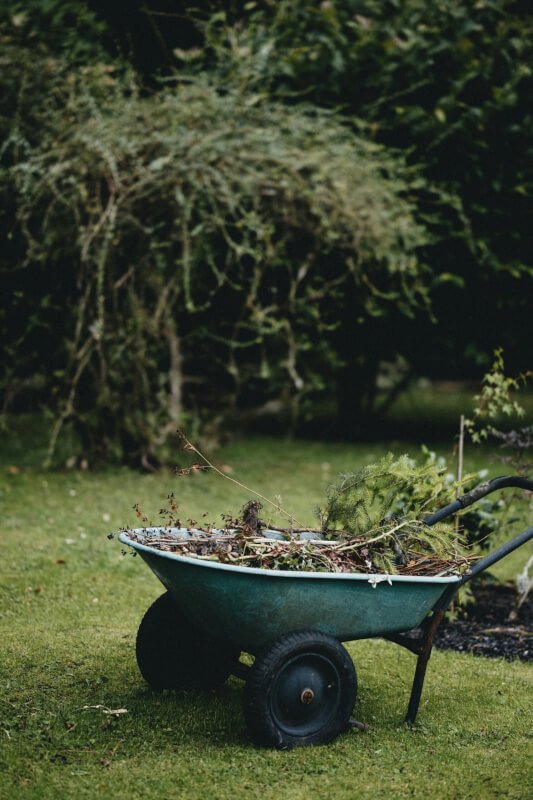Are you eager to transform your urban space into a vibrant and accessible garden? Look no further! In this article, we will explore the exciting world of designing urban gardens for people of all abilities and ages. Discover innovative ideas that combine accessibility with aesthetic beauty, creating an inviting oasis where everyone can reconnect with nature and enjoy the numerous benefits of gardening. From wheelchair-friendly pathways to raised beds at varying heights, we will guide you through the essential elements of inclusive garden design. Get ready to unleash your creativity and embark on an inspiring journey towards creating a garden that brings joy to all! Urban gardens have the potential to serve as inclusive and accessible spaces for people of all abilities and ages. By incorporating the principles of inclusive design, these gardens can become welcoming and enjoyable environments for everyone. In this article, we will explore various design considerations and features that can be implemented to create urban gardens that accommodate different needs and preferences.
Accessibility
One of the key principles of inclusive design in urban gardens is accessibility. It is essential to ensure that the garden is easily accessible for individuals with mobility challenges. This can be achieved by including wheelchair ramps, elevators, or gentle inclines to enable individuals to navigate the garden independently. Additionally, pathways should be wide enough to accommodate wheelchairs or mobility devices comfortably.
Safety Features
Safety is another crucial aspect to consider when designing urban gardens for all abilities. Non-slip surfaces should be incorporated into the garden paths to prevent accidents, especially during wet or slippery conditions. Adequate lighting is also essential to ensure that the garden is well-illuminated, making it safe for people with visual impairments and for those who may visit during evening hours. Furthermore, secure boundaries, such as fences or hedges, can help create a sense of security and prevent unauthorized entry.
Flexible Layout
Incorporating a flexible layout in urban gardens allows for diverse activities and uses, catering to a wide range of abilities and age groups. Varied seating options, such as benches, movable chairs, or even picnic tables, can be included to accommodate individuals with different comfort requirements. This flexibility also extends to play areas, where adaptable equipment and structures can be provided to cater to both children and adults. By creating a versatile layout, urban gardens can become inclusive spaces that cater to various preferences and needs.
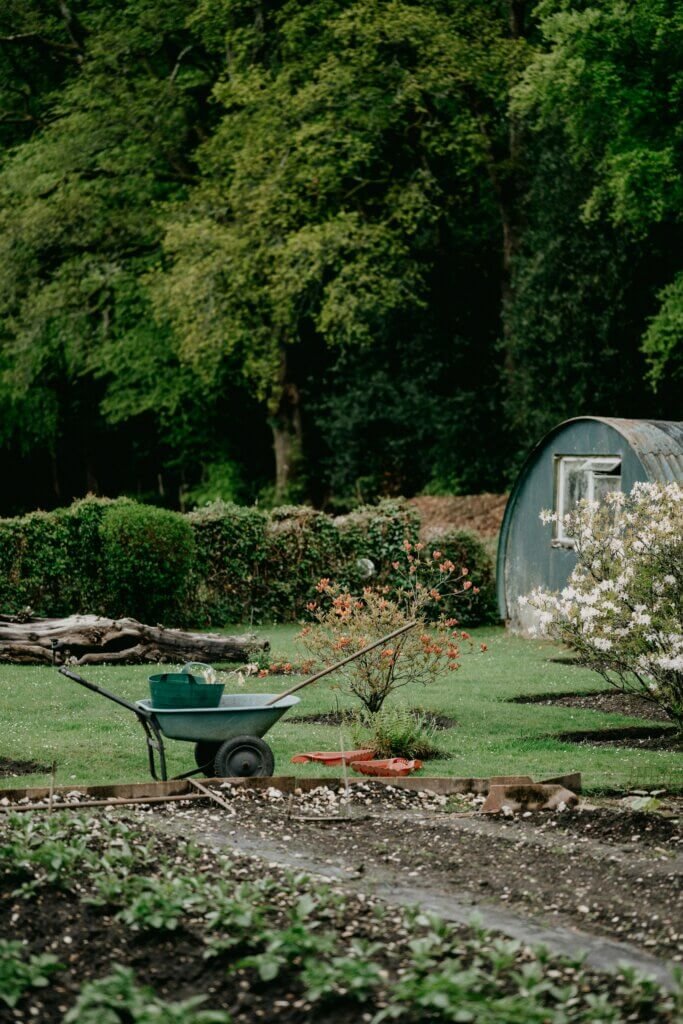
Intergenerational Spaces
Creating intergenerational spaces within urban gardens promotes interaction and engagement between different age groups. By including interactive features, such as sensory play installations or musical instruments, individuals of all ages can come together to engage in stimulating activities. Furthermore, providing a variety of seating options, such as benches, swings, or even hammocks, allows for comfortable rest spots for both the young and the elderly. Adaptable play areas that can be easily modified to suit different age groups also enhance inclusivity in intergenerational spaces.
Gardens for Physical Disabilities
To promote accessibility for individuals with physical disabilities, specific design features can be incorporated into urban gardens. Raised garden beds are an excellent addition, as they allow individuals who use wheelchairs or have limited mobility to participate in gardening activities independently. Easy-to-reach tools, such as long-handled rakes or specially designed garden gloves, can enable individuals with physical disabilities to engage in garden maintenance and enjoy the therapeutic benefits of gardening. Additionally, wheelchair-accessible pathways should be implemented throughout the garden, ensuring that individuals with mobility challenges can explore the space comfortably.
Gardens for Sensory Impairments
For individuals with sensory impairments, designing urban gardens that cater to their specific needs can create a truly inclusive environment. Fragrant plants can be incorporated to stimulate the sense of smell, providing a delightful experience for those with visual impairments. Textured pathways, made of materials such as gravel or pebbles, can offer sensory feedback and guide individuals with visual impairments through the garden. Tactile elements, such as wind chimes or interactive sculptures, can also provide opportunities for individuals with sensory impairments to engage and interact with their surroundings.
Gardens for Cognitive Disabilities
Urban gardens can be designed to accommodate individuals with cognitive disabilities by incorporating specific features that enhance their experience. Clear signage with high contrast colors and large fonts can assist individuals with cognitive impairments in navigating the garden independently. Visual cues, such as brightly colored markers or pictures, can help individuals with cognitive disabilities identify and locate different areas within the garden. Calming spaces, featuring tranquil water features or secluded seating areas, can provide a peaceful retreat for those who may feel overwhelmed in busy environments.
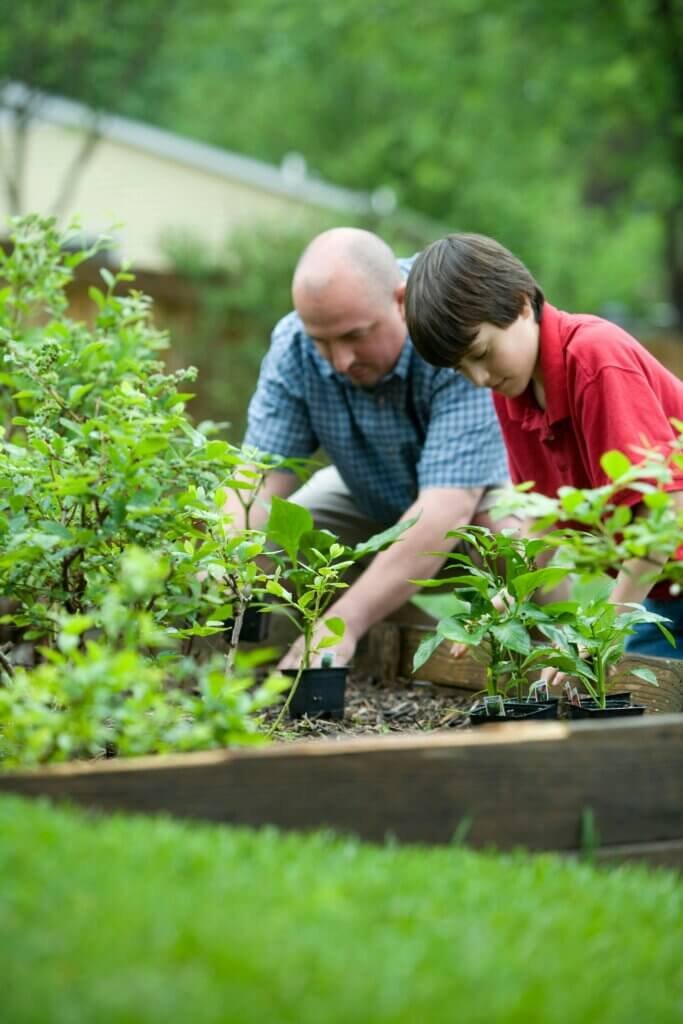
Safety Considerations
When designing urban gardens for all abilities, safety considerations should be given utmost importance. Non-slip surfaces should be used in areas prone to wetness, such as near water features or flowerbeds, to prevent accidents caused by slipping. Well-lit areas are crucial to ensure visibility, especially during nighttime visits or for individuals with visual impairments. By ensuring that the garden is well-illuminated, the risk of injuries can be significantly reduced. Secure boundaries, such as fences or hedges, can enhance safety by preventing unauthorized entry and providing a clear boundary for the garden area.
Engaging Activities for All
Engaging activities can make urban gardens truly inclusive spaces, providing opportunities for education, creativity, and connection. Seed planting workshops can be organized, enabling individuals of all abilities to learn about gardening and actively participate in planting seeds. Gardening clubs can be formed to foster community engagement and create a sense of belonging. These clubs can offer a platform for individuals to share their knowledge, exchange gardening tips, and create lasting friendships. Nature-inspired art projects, such as painting or sculpture workshops, can also be organized, allowing individuals to express their creativity and enhance their connection with nature.
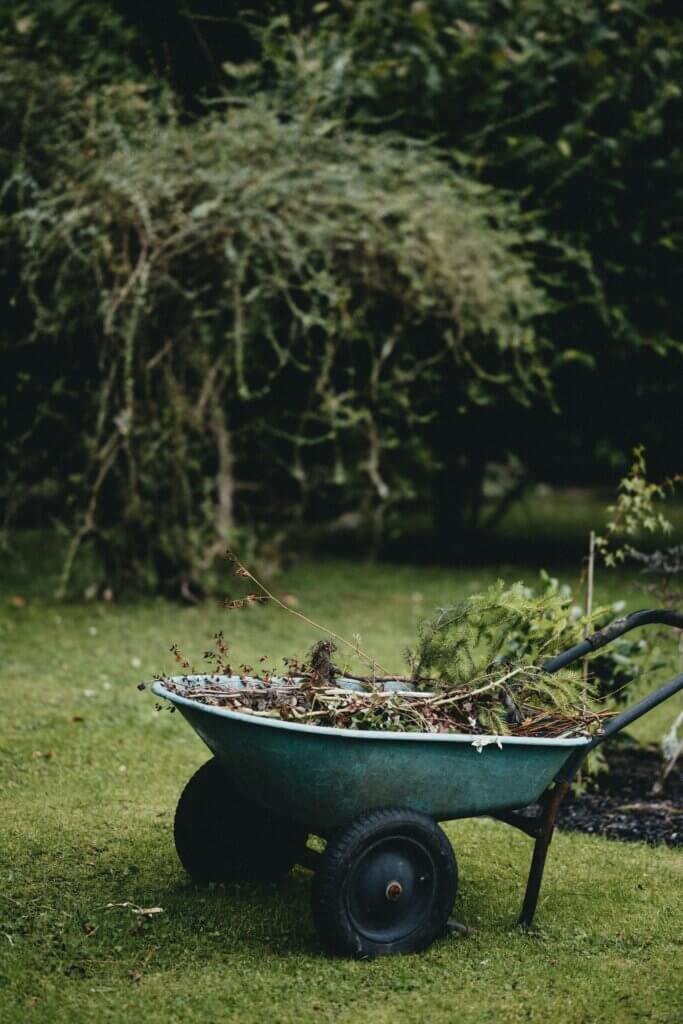
Creating Gathering Spaces
Inclusive urban gardens can serve as gathering spaces where people can come together to socialize, relax, and enjoy shared experiences. Picnic areas equipped with accessible tables and benches can provide spaces for individuals and families to enjoy meals amidst the beauty of the garden. Designating community event spaces within the garden allows for hosting various events, such as concerts, cultural festivals, or educational workshops. Shaded seating areas, such as gazebos or pergolas, provide relief from the sun and create comfortable gathering spots for individuals to enjoy the garden’s ambiance.
Gardens for Children
Children can significantly benefit from experiencing urban gardens, as they offer opportunities for exploration, learning, and play. Designing gardens with children in mind involves incorporating play structures that are safe, accessible, and stimulating. Swing sets, climbing walls, or sensory play areas can encourage physical activity and provide endless opportunities for fun. Sand and water play areas engage children’s senses and allow for creative play. Educational garden features, such as interactive displays or plant identification signs, can foster learning and curiosity about the natural environment.
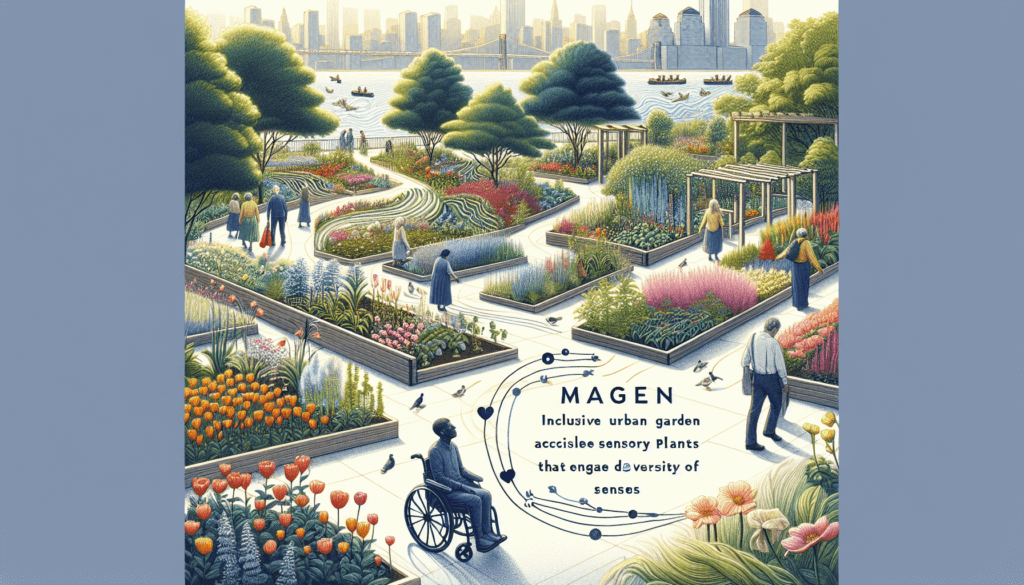
Community Involvement
Involving the community in the design, creation, and maintenance of urban gardens fosters a sense of ownership, unity, and pride. Volunteer opportunities can be provided, allowing individuals to contribute their skills and time to help maintain and improve the garden. Organizing community gardening days, where individuals come together to collectively work on garden projects, promotes social interaction and creates a sense of camaraderie. Establishing urban garden committees, comprising community members with diverse backgrounds and abilities, ensures that different perspectives are considered in the decision-making process, leading to a truly inclusive and community-driven garden.
In conclusion, inclusive design principles are paramount when designing urban gardens for all abilities and ages. By incorporating accessibility features, safety considerations, and flexible layouts, these gardens can become welcoming environments for individuals with diverse needs and preferences. Including features such as sensory elements, adaptable play areas, and engaging activities further enhances the inclusivity of urban gardens. By creating gathering spaces, accommodating the needs of children, and involving the community, these gardens can become vibrant hubs that connect people, promote well-being, and foster a sense of belonging for all individuals and age groups.

